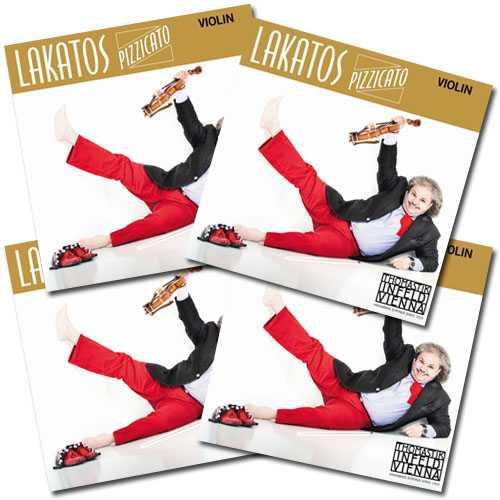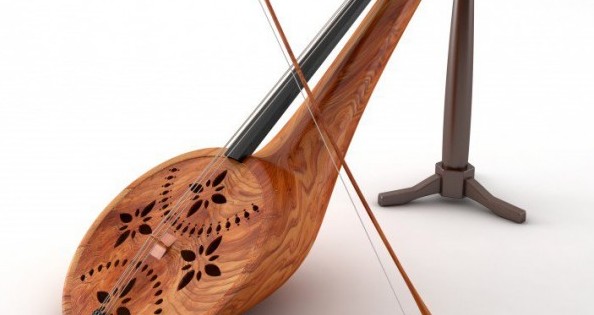

When a secondary technique like pizzicato becomes common, music notation needs a commonly recognized way to show that. So bowed string players regularly use pizzicato. Plucking may not sound as clear or bright on a violin as it does on a guitar - thats why the guitar is a guitar - but it doesn’t sound bad, and it provides a nice contrast to bowing. A good example is pizzicato: instruments like the violin and cello are ‘optimized’ for the player to scrape a bow across the strings. If musicians use a certain sound often, it can become an important, if still secondary, aspect of playing technique. Still, some of those secondary sounds are pretty nice too. – is designed to maximize the clarity and volume of the plucked strings. For example, the basic idea on a guitar is to pluck or strum the strings you can tap on the side and it might sound cool, but everything about the instrument – sounding body, fretboard, pegs, etc.

Instrument makers design each instrument with a certain ‘main sound’ in mind.
#Violin pizzicato how to#
Playing Techniques and How to Write Them, Part 1: Strings Robin McClellan | October 3, 2017Īre you using all the sounds Noteflight makes available for string and percussion instruments… pizzicato, mutes, harmonics, and so on? Even if you are, there may be some effects you haven’t encountered yet.


 0 kommentar(er)
0 kommentar(er)
